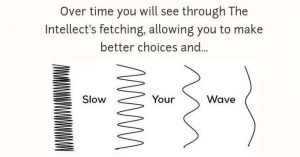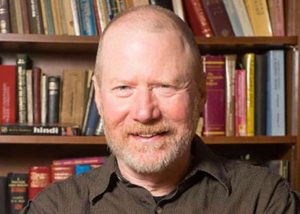The history of Mahayana Buddhism is full of a variety of schools and traditions which contributed widely to philosophy in Asia. One of the most debated topics in the history of Buddhist philosophy has been language. Within Mahayana Buddhism itself we can find many subtly different interpretations on the nature of language and how it works. In my article this week, I wish to provide a general outline of the philosophy of language in Yogacara Buddhism.
Yogacara Buddhism developed in India in around the 2nd century CE and its philosophy focuses on the central principle that reality is shaped by the mind. There is nothing that can be experienced without being processed by the mind. This emphasis on the mind led to the development of incredibly sophisticated views on psychology, perception and also language. In referring to the Yogacara theories of language, I primarily mean the works of philosophers such as Dignaga, Dharmakirti, Sangharakshita, Jnanamitra and Ratnakirti. Dharmakirti is perhaps best known among many Mahayana Buddhist traditions today.
Non-Buddhist theories of language in medieval India, especially those connected with Brahmanical Hinduism, asserted that a word refers to an object through a positive connection and identification. For instance, the word “car” is connected to the object car by the positive assertion “that is a car”. The word “car” cannot refer to anything else. For instance, it is impossible to refer to a table as a “car” without knowing we are wrong.
The problem with this theory for Buddhists is that Buddhists believe the object car is empty of inherent existence. For Buddhists, what we call “car” is simply a collection of non-car parts such as wheels, axles, paint, cogs etc. It is impossible to find “car” among its parts. Therefore, what does the word “car” actually refer to? Many of the non-Buddhists posited the existence of an entity “car-ness”, an abstract quality that all cars possess. They stated that it was this abstract principle to which the word “car” referred. The Yogacara Buddhists contended that such an essence does not exist and such a belief in the inherent existence of an object was an illusion of the mind.
Since the doctrine of emptiness meant that the object car did not essentially exist, it was difficult for Buddhists to explain why the word “car” refers to the object car. The Yogacara Buddhist philosophers, beginning with Dignaga in the 5th century, provided a very sophisticated explanation of how words refer to things. They began with the basic point that this idea of “car-ness”, the abstract quality belonging to all cars, did not exist outside of the mind and was in fact a construction of the mind. Therefore, words refer to objects only in the mind and not to anything outside of the mind.
Even if we say that “car-ness” is merely a construction of the mind, there is still the problem of how this idea was created. How can the mind create the idea of “car-ness” when, according to the Buddhists, “car-ness” does not actually exist in reality? It was in discussing this problem that the genius of Yogacara Buddhism really becomes evident. The Yogacara philosophers stated that, when we experience an object, such as a car, the information that comes into our mind is simply the particular pieces that create the car. These pieces are not the wheel or axles etc. but the actual atoms that form the object. When all these minor characteristics and particulars are cognised the mind habitually compares this information with previous experience.
This collection of particular characteristics is separated from previous experience by difference. Everything that is not like this collection of particular characteristics is excluded until this body of particular characteristics appears to form a unitary thing in the mind. However, this unitary thing, for instance a car that now appears to positively exist, is actually the negation or exclusion of everything that does not share the particular characteristics of a car. In short, the object to which the word “car” refers is actually not-not-car, i.e. a negation of everything that isn’t a car.
Through this explanation Yogacara Buddhists were able to explain how words refer to objects in the mind, without relying on a theory that would posit an essence or an inherent existence in things. The ramifications of this viewpoint extend far beyond language and I will develop next week on how this theory contributed to certain logical proofs for the existence of rebirth.












